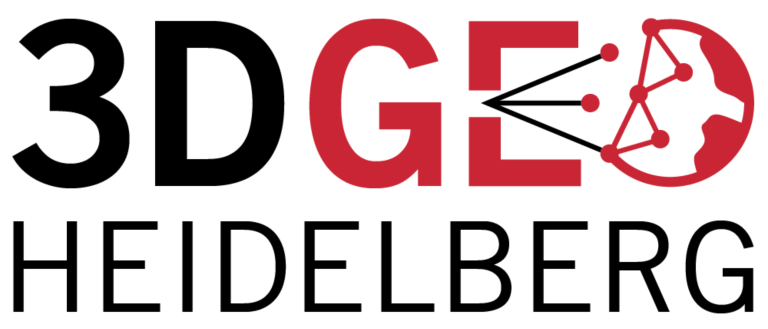Category: Publications
-
LiDAR Research Group @ ISPRS Laser Scanning Workshop 2013
The LiDAR Research Group participates the Laser Scanning 2013 Workshop on Nov, 11-14th in Antalya, Turkey. The workshop brought together experts from different disciplines which are focused on the modeling and application of point cloud data acquired from laser scanners and other active imaging systems, such as range cameras and gaming sensors. All aspects related…
-
Mapping land-use from OpenStreetMap
An approach toward generating land-use patterns from volunteered geographic information (VGI) without applying remote-sensing techniques and/or engaging official data has just been published in the latest issue of the International Journal of Geographic Information Science. Collaboratively collected OpenStreetMap (OSM) data sets are employed to map land-use patterns. Initially the spatial pattern of the landscape was…
-
Open Data Opportunities for LBS
The advent of web technologies and the promotion of data sharing practices have fostered open data initiatives. The main motivation of governments in sharing data with the public is to stimulate economic growth by enabling the creation of new products. One of the areas that could benefit from open data initiatives is that of location-based…
-
Call for Paper: Special Issue “GeoWeb 2.0” of the ISPRS International Journal of Geo-Information
The advancement of Internet technology is constantly changing the way geographic information is being collected, managed, processed, analyzed, and used. While a first wave of innovation has transformed Geographic Information Systems into Geographic Information Services, a second paradigm shift has recently been observed. This paradigm deals with crowdsourcing and the collaborative generation of geographic information.…
-
gis.SCIENCE special issue GEOINFORMATIK 2013
The issue 3/2013 (Vol. 26) of the journal gis.SCIENCE by Wichmann has been published. It contains selected full review paper (e.g. on context-aware 3D geovisualization or on the analysis of tourist activity from Flickr fotos) from the conference GEOINFORMATIK 2013, that was held at Heidelberg University this year. The cover features a screenshot from OSM-3D.org…
-
About identifying man-made objects from mobile LiDAR data
A new automated approach for the detection and classification of man-made objects in urban corridors from point clouds acquired by vehicle-borne Mobile Laser Scanning (MLS) has recently been suggested by Fan and Yao. The approach is designed based on a-priori knowledge in urban areas: (i) man-made objects feature geometric regularity like vertical planar structures (e.g.…
-
Road-based travel recommendation using geo-tagged images from social media
Geotagged photos on social media like Flickr explicitly indicate the trajectories of tourists. They can be employed to reveal the tourists’ preference on landmarks and routings of tourism. Most of existing works on routing searches from social media are based on the trajectories of GPS-enabled devices’ users. We attempt to propose a novel approach in…
-
Towards interoperability between data from technical sensors and human sensors (VGI)
The increasing availability of sensor devices has resulted in large volumes of sensor data, which has raised the issue of making these data fully discoverable and interpretable by applications and end-users. The idea of OGC Sensor Web Enablement (SWE) has addressed this issue by proposing a set of standards to enable accessibility of sensor data…
-
Draft Programme for conference “Web 2.0 und Social Media in Katastrophenschutz und Hochwassermanagement”
A first draft list of talks and presentations for the conference “Web 2.0 und Social Media in Katastrophenschutz und Hochwassermanagement” (17.10.2013, Heidelberg, Studio Villa Bosch) is available. In addition there will be several short presentations during the workshop-part of the event. This is a draft programme subject to change: some titles are still working titles.…
-
Alexander Zipf invited to Editoral Board of “Future Internet”
“Future Internet” (ISSN 1999-5903), a scholarly open access journal on Internet technologies and the information society, is published by MDPI online quarterly. Editor-in-Chief is Dr. Andrew Hudson-Smith, Director and Reader in Digital Urban Systems, Centre for Advanced Spatial Analysis, University College London. Future Internet increasingly publishes research about the relationship on Geographic Information and Web…


